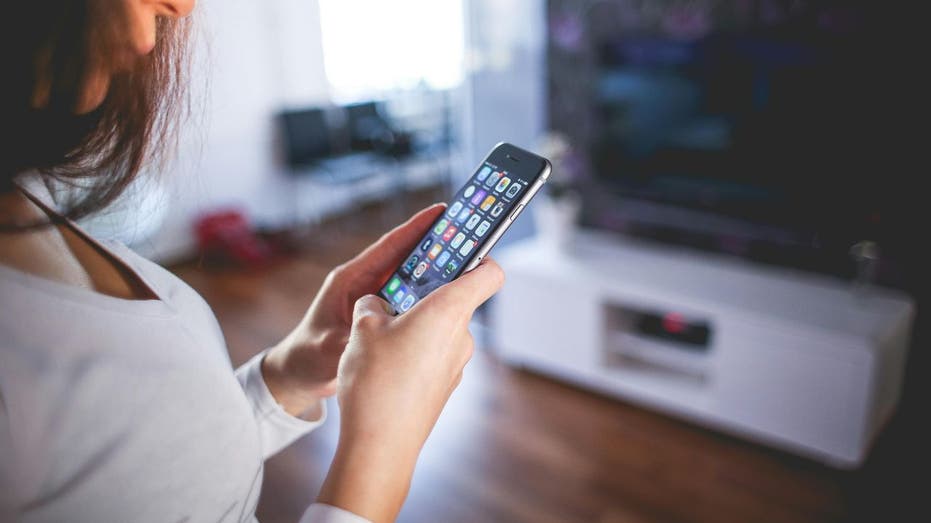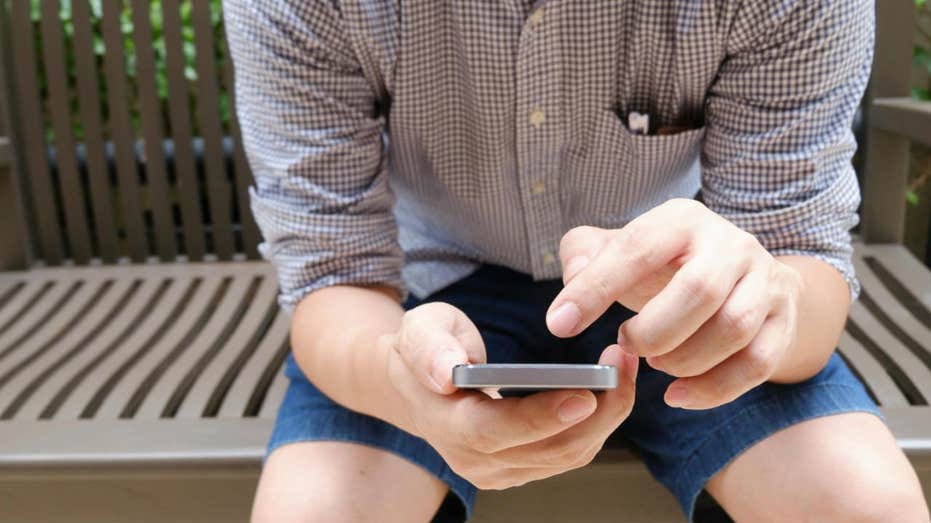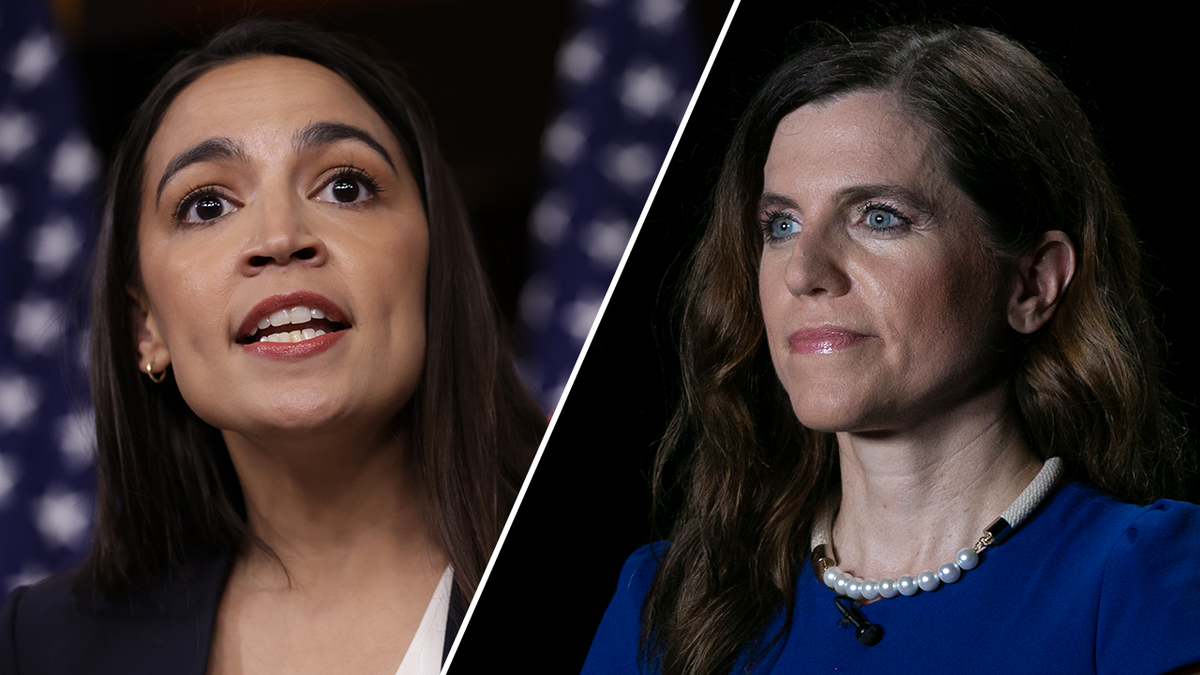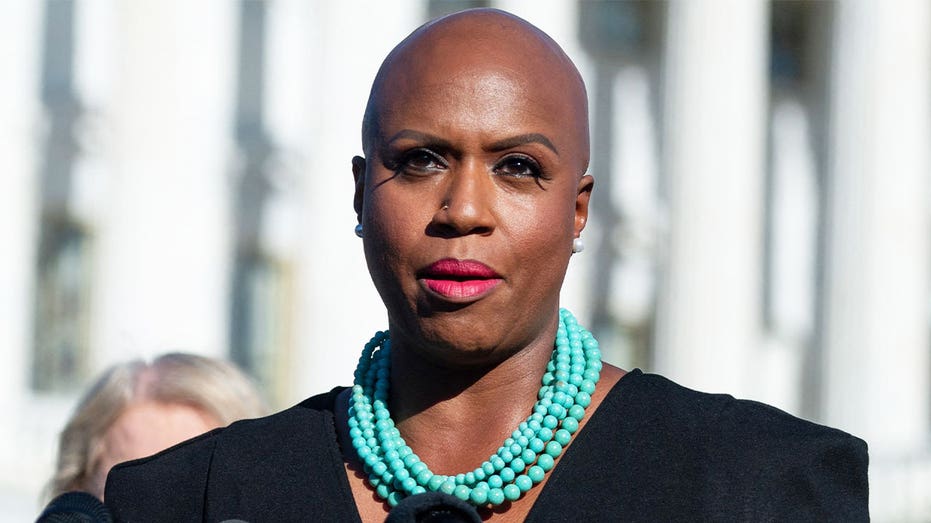- by foxnews
- 25 Nov 2024
TechScape: Elon Musk promised to take away the blue ticks - so why hasn’t he?
TechScape: Elon Musk promised to take away the blue ticks - so why hasn’t he?
- by theguardian
- 07 Apr 2023
- in technology

For weeks, Twitter has been promising that it would be ending its "legacy" verification programme - the one that actually verifies users - and stripping the status from any user who didn't pay.
Although the cut-off for the switchover was 1 April, the company didn't seem to be joking. "We will begin winding down our legacy verified program and removing legacy verified checkmarks," it posted on its official channels. "To keep your blue checkmark on Twitter, individuals can sign up for Twitter Blue."
Twitter Blue is, of course, Twitter's paid-for subscription service. It offers its own form of "verification", which requires users to submit a working phone number.
Elon Musk, the company's increasingly panicked owner and chief executive, has been quite clear on the motivation for the switchover: he views the blue check as a status symbol that has been unfairly handed out to members of a cultural elite, and - a worse sin - inefficiently given away for free when it has monetary value.
But then something funny happened: 1 April came and went without the blue checks disappearing.
That's not quite true, actually. Exactly one "legacy" verified user lost its checkmark when the New York Times was stripped of its status. Musk directly intervened after a Twitter user pointed out the newspaper had reportedly committed to not paying.
In a follow-up tweet, rapidly deleted, Musk appeared to create a new policy on the fly, promising one user that Twitter would give verified accounts "a few weeks grace, unless they tell they won't pay now, in which we will remove it [sic]".
On Sunday, the day after the deadline, Twitter did push one change through to hit verified accounts, by removing the distinction between Twitter Blue and legacy users. Now, any user with a verified checkmark has the same description: "This account is verified because it's subscribed to Twitter Blue or is a legacy verified account."
It's not hard to see the progression of events here. Musk's belief that blue checkmarks are a desirable status symbol in and of themselves was the justification for selling them through Twitter Blue, but subscriber numbers for the service have been low: about 300,000 users have the Blue verified checkmark.
Merging the public-facing side of the two different systems, so that users can no longer tell who has a paid-for verification and whose came under the old regime, does little to make legacy users pay. But it does finally undercut any remaining value the previous system had retained.
For a few hours on Sunday, a verified New York Times account did end up reappearing on the social network - after former Simpsons writer Bill Oakley changed his display name and profile picture to that of the paper. As for Twitter under Musk? It seems unlikely that even he knows what the next plans are. Likes are now florps?
Oh, no, wait: as I write this, he's just changed the Twitter logo to a badly-rendered version of the Dogecoin logo in an apparently days-late April Fools gag. What a cool guy.
If you want to read the complete version of the newsletter please subscribe to receive TechScape in your inbox every Tuesday
- by foxnews
- descember 09, 2016
'Quiet travel' is having a moment; here are top US spots where you can embrace the trend
Here are 10 destinations for "quiet travel" in the U.S. to check out if you're ready to unplug and unwind on your next vacation. From Maine to Florida, Oregon and more, see the list.
read more





